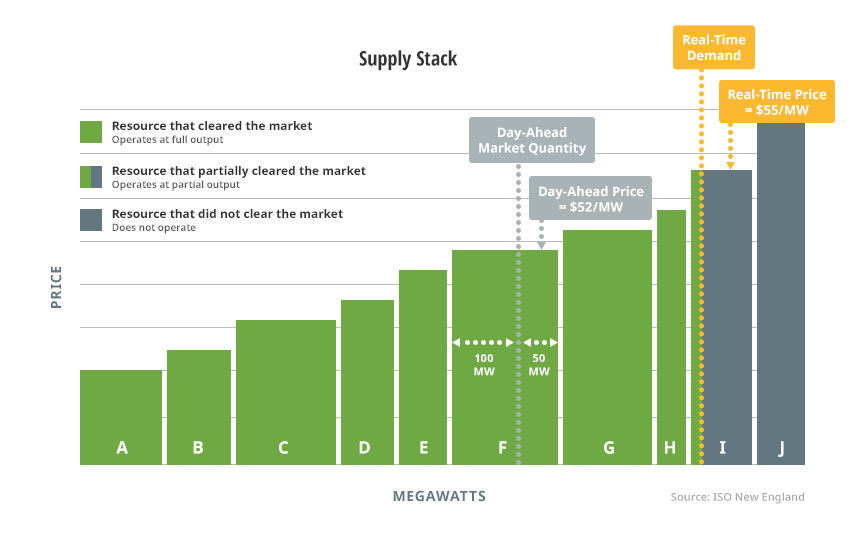Global energy price trends for businesses and households continue to impact local electric rates. Projections indicate that prices will continue to increase in the short term. The underlying cause of these increases is a host of factors, from demand to production costs to zip code. In Australia, these factors are also different for each state and territory. The national, state, and territory governments share responsibility for regulating the electricity industry. The Australian Government only has a small direct influence on price outcomes for electric services. Let’s take a look at how energy prices are set.
next few years. Overall, prices for household electric supply are anticipated to increase by an average of three percent over the next year. Outcomes will vary by zip code, with a high of 16% in the Northern Territory and a low of one percent in South Australia. Smaller electricity price increases result from the most recent changes to the management of networks and competition in wholesale electricity markets. However, with natural gas, prices are expected to increase significantly in eastern Australia due to developing of new export terminals and tightening supplies. The significance of this impact will depend on how quickly new gas resources are developed.energy bill. Wholesale costs cover the price of energy production. Network charges pay for the delivery of energy across power lines. Finally, retail costs pay for meter readings and other services done by the electric supplier. Other factors impacting energy bills include government-based environmental programs to increase renewable energy generation. The percentage of each component can vary depending on the zip code and the type of customer.
Utility companies can compete for customers in all regions except Tasmania. All states and territories except Victoria and South Australia regulate electricity prices somehow. Retail prices combine the costs of maintaining and upgrading networks, which regulators largely determine based on set rules. Competitive markets primarily define the wholesale part of an electric plan. While major electricity markets are connected across state and territory boundaries, state and local factors heavily impact wholesale prices.
Other recent contributing factors in Australia are also having an impact on prices. From 2019 through early 2020, the country was devastated by bushfires. Called the black summer, this caused damage to infrastructure and had a considerable impact on business. It also led to a tragic loss of lives. Additionally, Australia and the rest of the world have dealt with the COVID-19 pandemic. These events have impacted the energy demand and have ultimately influenced electric providers and energy markets.
